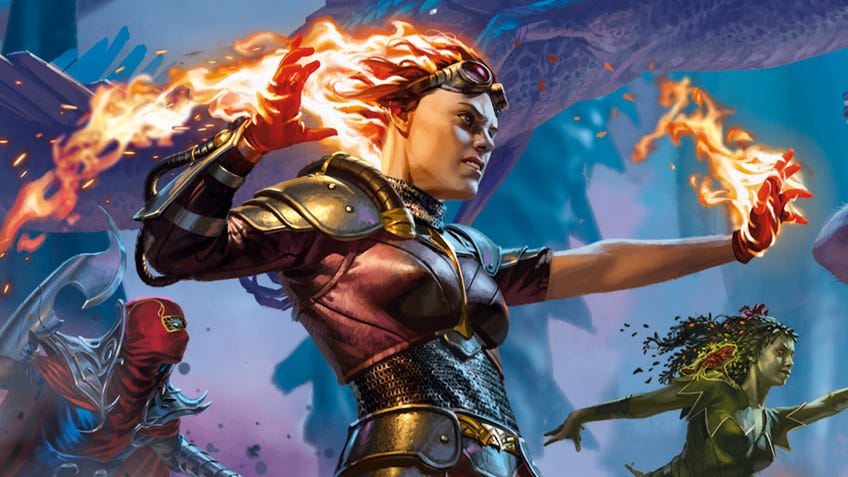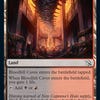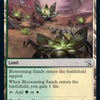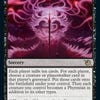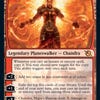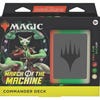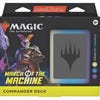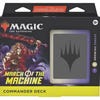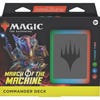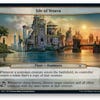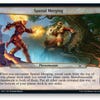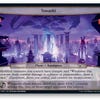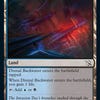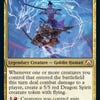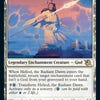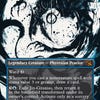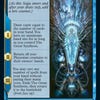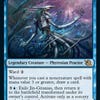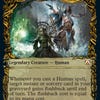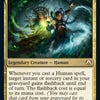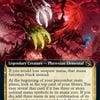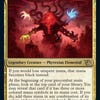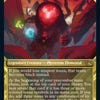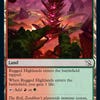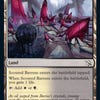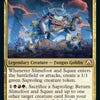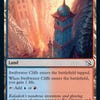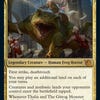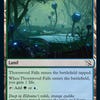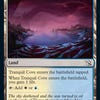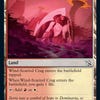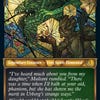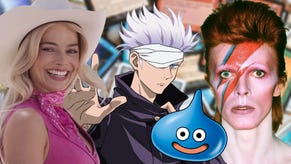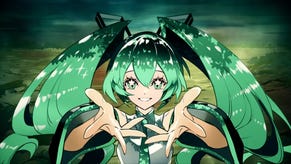Magic: The Gathering isn’t in a rush to try and top its ‘intensely ambitious’ Avengers: Endgame moment from March of the Machine
“It definitely pushed our team to a level of world-building that I wouldn’t be eager to return to.”
When Wizards of the Coast story lead Roy Graham began working on Magic: The Gathering in 2020, his first project was March of the Machine - a set that was released in April 2023 and marked the culmination of 30 years of plot arcs spread across all of the worlds the designers of the trading card game have invented.
“That was an intensely ambitious storytelling endeavour,” Graham tells me. “I wouldn’t say it’s too ambitious, but it definitely pushed our team to a level of world-building that I wouldn’t be eager to return to.”
Magic: The Gathering has used flavour text on cards and tie-in novels to build a story around its cards since the ‘90s, and the narrative stakes have been steadily rising. Graham says that there were also years of development behind MTG’s previous most ambitious set, 2019’s War of the Spark, where the game’s iconic multiverse-travelling characters known as planeswakers united to battle the megalomaniacal dragon Nicol Bolas.
War of the Spark was like MTG’s version of The Avengers, while March of the Machine was akin to Avengers: Endgame. It focused on a desperate battle to stop the armies of the Phyrexians, biomechanical creatures obsessed with conquering the entire MTG multiverse who are capable of converting planeswalkers, monsters and even gods to their cause.
March of the Machine is War of the Spark multiplied by a factor of 10.
“It’s War of the Spark multiplied by a factor of 10,” Graham says. “It’s 30 to 40 different planes and every major character on all of those planes. I would like to write a 10-novel epic fantasy series to tell the story of that invasion across the multiverse. But we had about 80,000 words in total to tell that story, so there was a lot of strategising and working with the authors to figure out what might have the biggest emotional impact and which characters we could give the camera to in order to get a sense of the struggle.”
The Tiger’s Daughter author K. Arsenault Rivera penned a collection of March of the Machine web fiction that added up to about the length of a short novel, but the majority of the storytelling had to be done through the set’s cards. That created its own challenge, since most players would encounter them when opening booster packs - where their order is randomised. One card might show the set’s conclusion, where the Phyrexians’ fanatical leader Elesh Norn is defeated, while the next depicts a Phyrexian attack on the cyberpunk-style plane of Kamigawa.
One way Wizards has dealt with that challenge is Story Spotlight cards, a small set of cards found in every Magic: The Gathering expansion since 2016’s Kaladesh that are meant to highlight the game’s most important plot points.
“It’s an interesting challenge making sure that they are individually high-impact, high-energy pieces of fantasy art while also conveying a meaningful story moment,” Graham says. “When I’m working with the author to figure out what the story for a set is going to be, I am thinking very, very consciously about making sure we have these bombastic blockbuster moments that will lend themselves well to two inches of the art frame.”
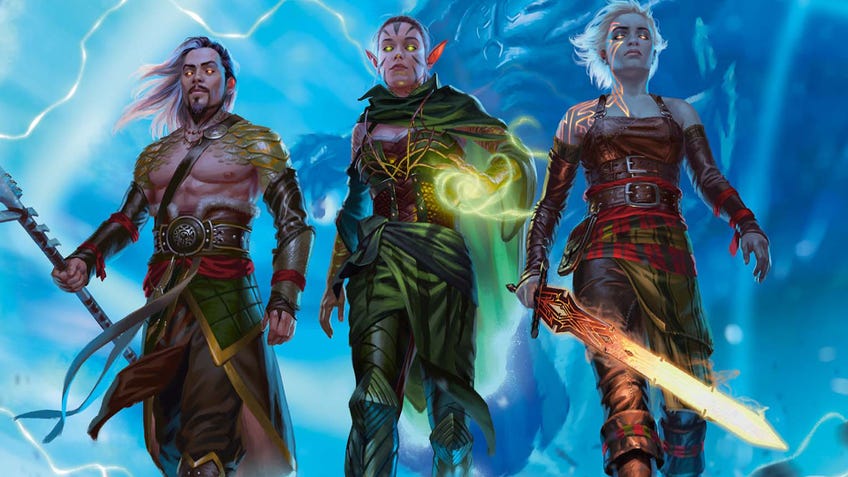
Graham said he was inspired by The Avengers and The Lord of the Rings for his storytelling on March of the Machine, endeavouring to bring an epic quality to his character arcs. The set followed Phyrexia: All Will Be One, which like Avengers: Infinity War chronicled a failed attempt by the heroes to prevent a villain’s world-shaking scheme from coming to fruition.
“We knew that was going to be a grim arc with a metronome of character loss,” Graham says. “It almost takes the form of a disaster film like The Day After Tomorrow or Aliens, with a strike team in a hostile environment slowly getting picked off one by one.”
Choosing who dies can be pretty difficult because every character has a devoted fan base.
Among the casualties were characters who have been part of MTG’s story for two decades. There were long conversations about who the game could afford to lose and whose deaths would have the deepest emotional impact.
“The Phyrexians are one of Magic’s oldest and scariest bad guys and everyone on the team agreed that if they were defeated without some serious costs, it would feel too easy,” Graham says. “Choosing who dies can be pretty difficult because every character has a devoted fan base.”
While the Marvel Cinematic Universe’s Infinity Saga led to the unlocking of the multiverse, Magic went in the opposite direction, with many planeswalkers losing the power to travel between worlds. Head designer Mark Rosewater had been complaining for years about the effects that planeswalkers were having on the development of the game’s mechanics - and the story team was also happy about making the talent rarer.
“With a diminishing number of planeswalkers, the story of a set doesn’t have to be this backdrop to a superhero punch-up anymore,” Graham says. “We’re really excited about telling stories that are focused on the settings and the people living on a plane and the consequences that arise naturally from the forces at play there. If a planeswalker is there, they’re sort of a wildcard rather than the driving force of the story.”
We certainly are still going to do big, bombastic storytelling in the future but I don’t think there’s a real desire on the Magic team to do March of the Machine but even bigger.
The story team is already planning out to 2027, with the next year of sets mostly focused on the consequences of March of the Machine. Wilds of Eldraine, which releases in early September, chronicles the changes on the fairy tale-inspired world whose rulers both died during the invasion. It will introduce new characters and plotlines that will be developed in a three-year arc returning to fan-favourite worlds like Tarkir and Ixalan, as well as entirely new realms spanning genres ranging from western to space opera.
“How do you top a story that is set in every plane in the multiverse focusing on a horrible villain that can take the form of any creature that exists in the setting?” Graham asks. “It’s hard to do. We certainly are still going to do big, bombastic storytelling in the future but I don’t think there’s a real desire on the Magic team to do March of the Machine but even bigger.”
